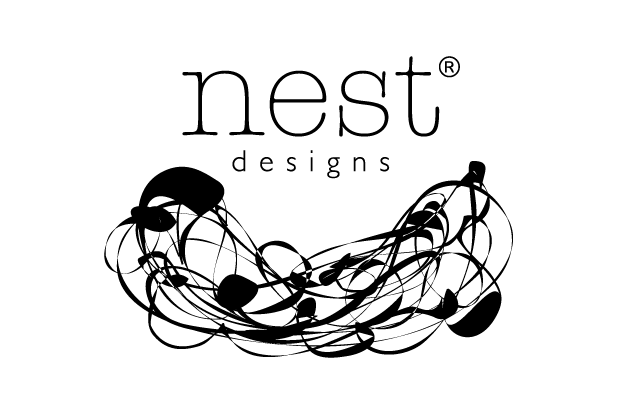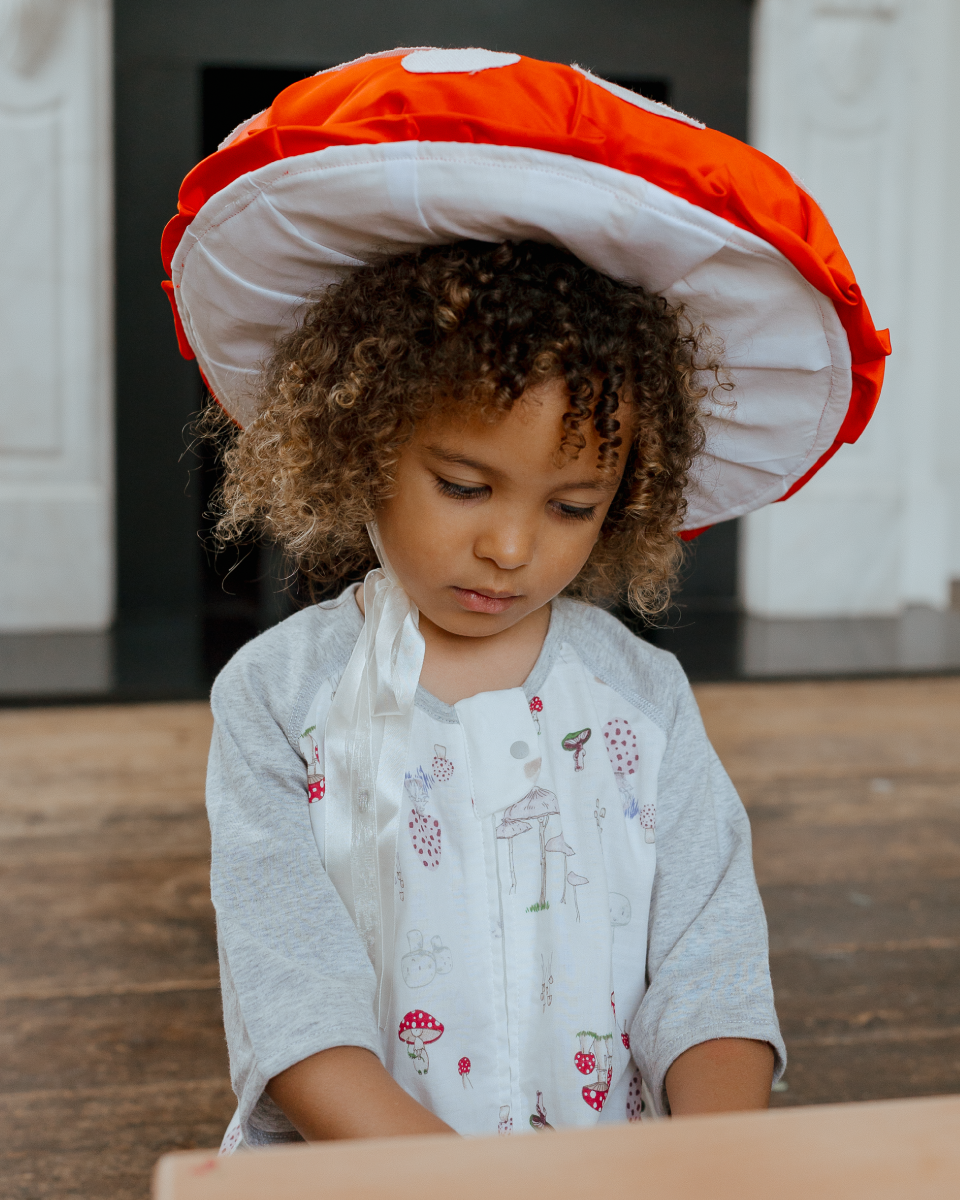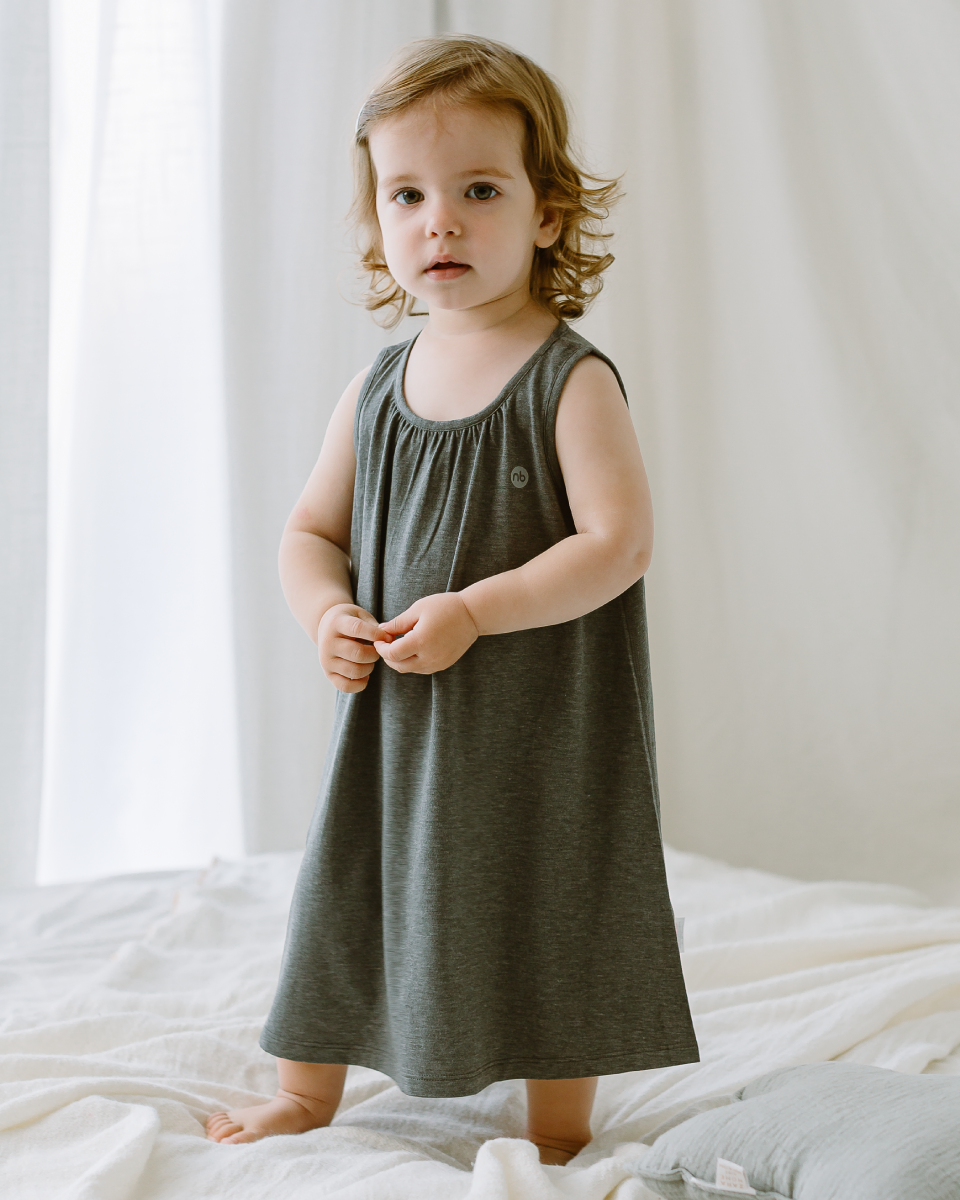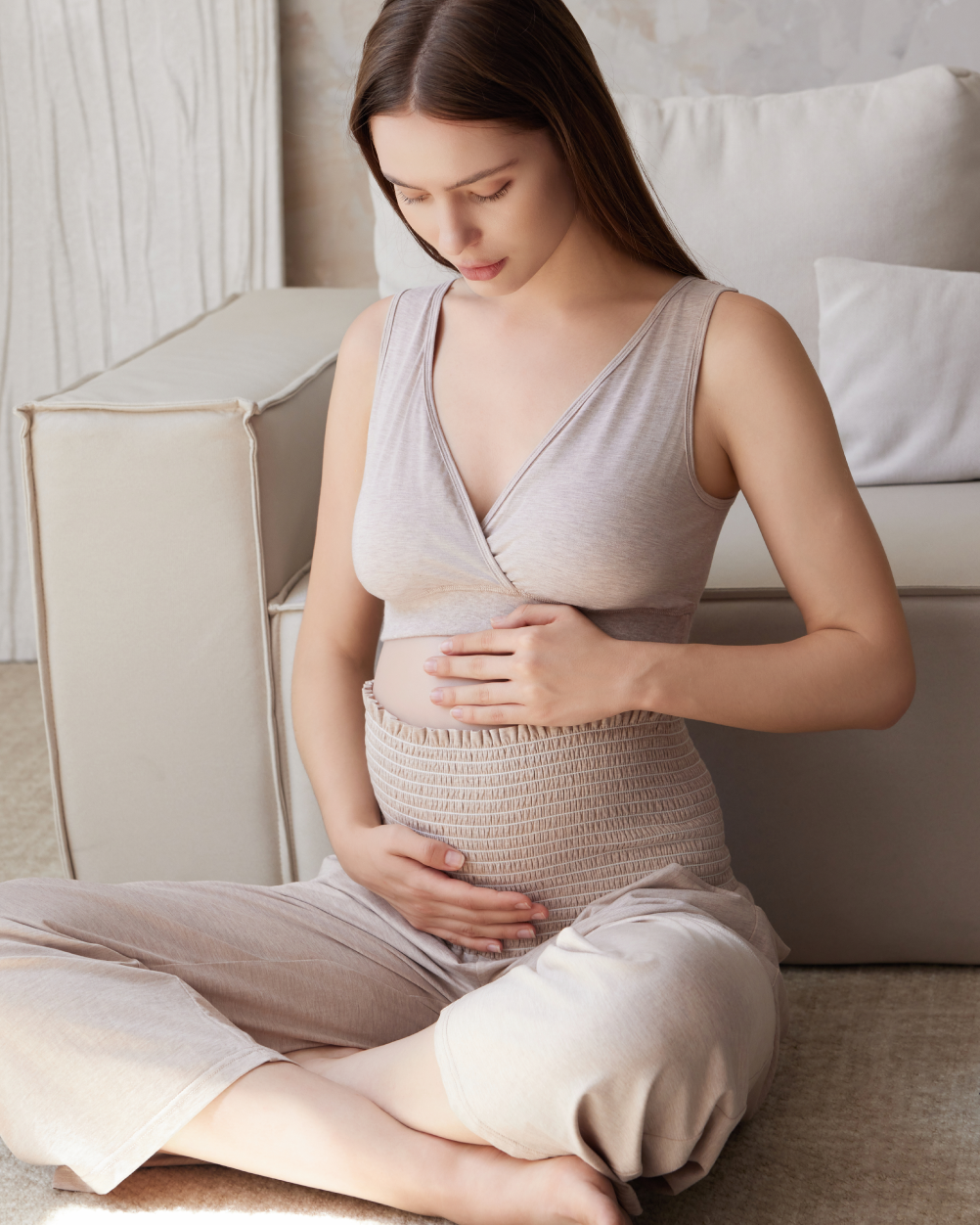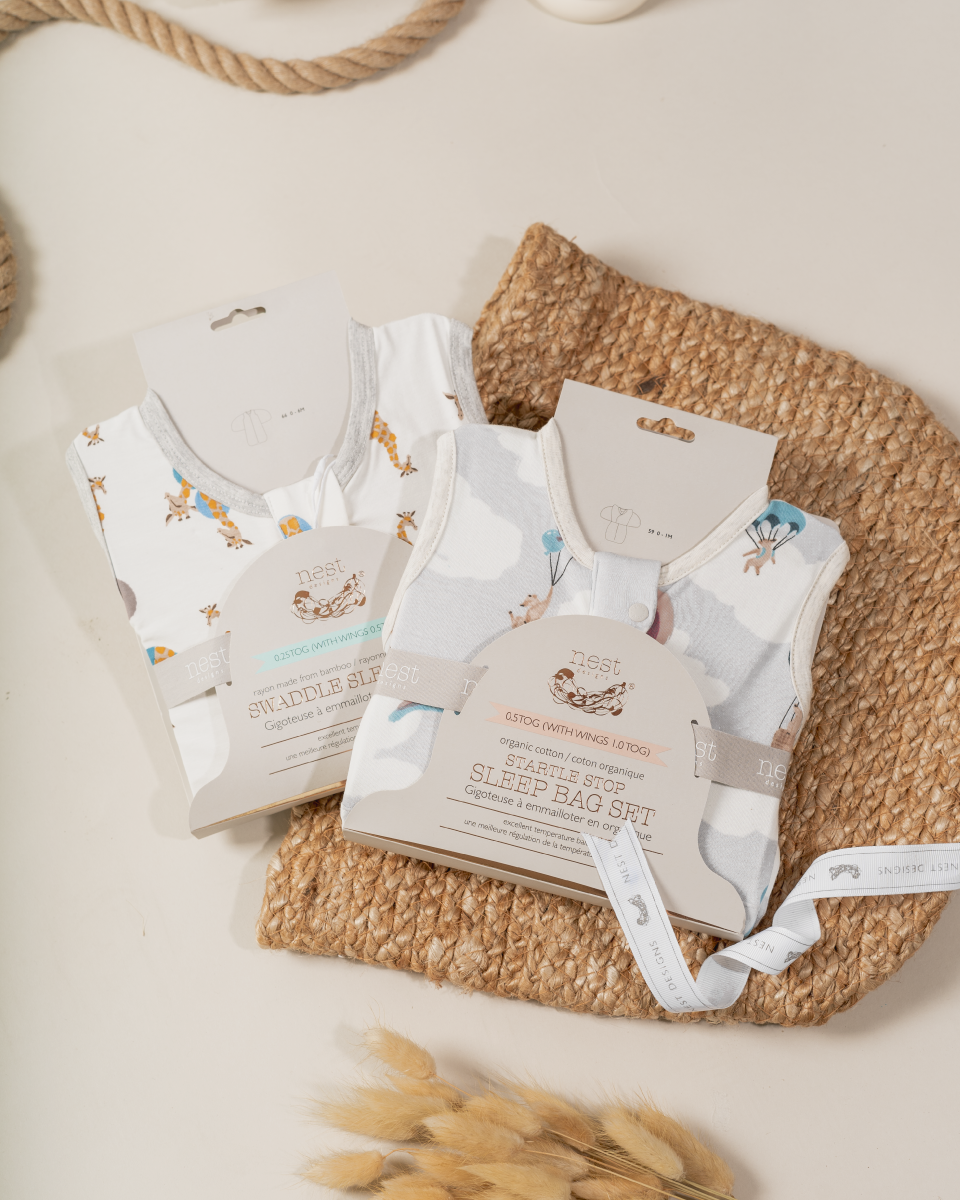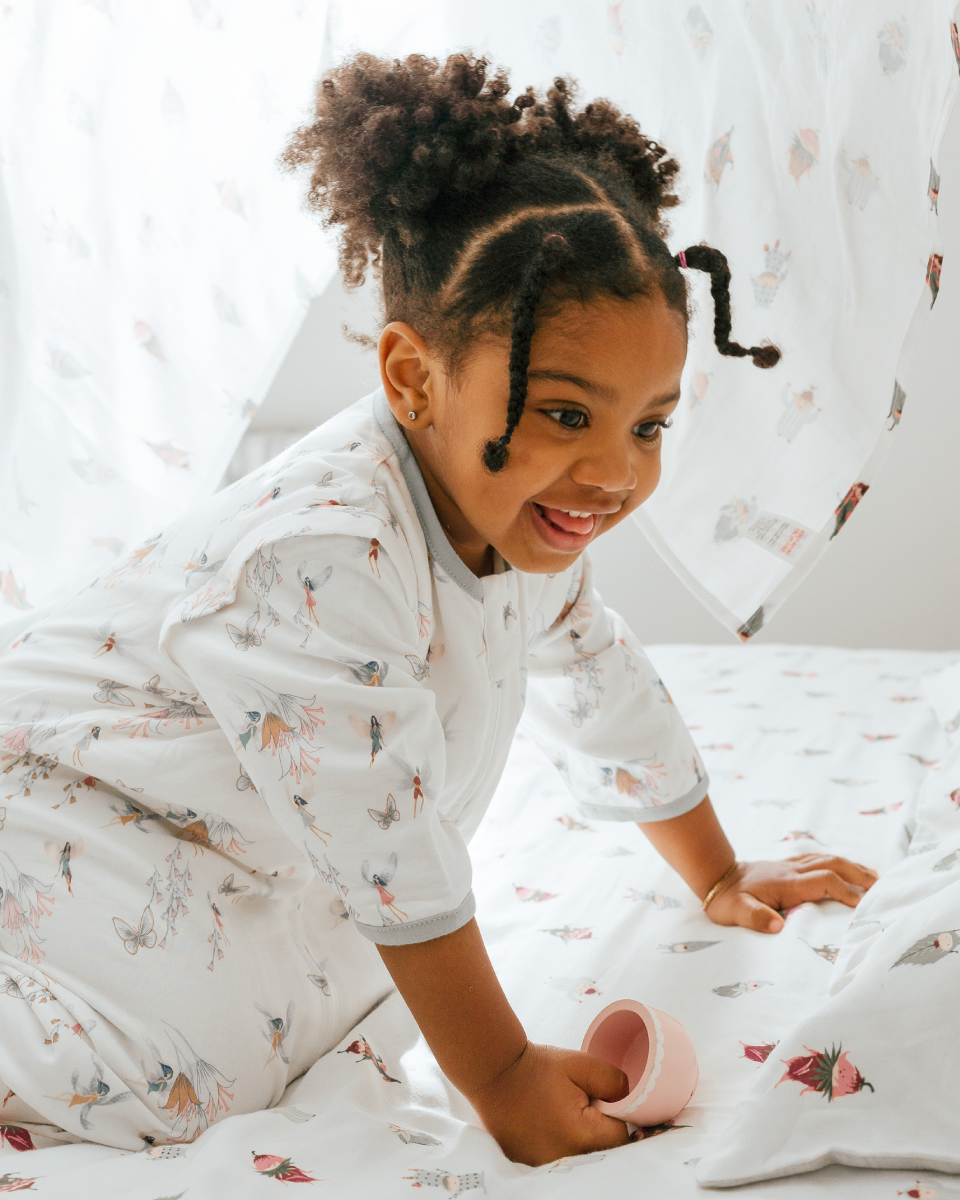
Continuing on our special series on starting your little one on solid foods, we are looking today to answer some of your most sought-after questions. As a new parent, it’s so easy to get overwhelmed by the wealth of information online about our babies. It is especially the case when it comes to feeding and food selections for our young ones at home. When you have decided that it is time to get your baby started with solids, you may not know how to plan for your approach. Here at The Nest Designs, we want to help you with more tips to make everything go as smoothly as possible. Let’s get started!
How much formula or breast milk should I feed my baby when we start solids? What is a typical feeding schedule for a 6 month old?

Up until six months of age, all your baby girl or baby boy need is milk or formula. They will get all the nutrition they need from just that. And, that was more than enough for their growing little bodies. However, after six months of age, their growth requires a lot more substance from solid foods. To a new parent, this new world can be worrying and down-right confusing. Questions such as, how much formula/breast milk should we give on top of solids, or what type of the day should you feed your baby which – these are all great questions that can be a lot of taking on! Don’t worry; we’ve got you covered! So, get some Bubs Baby Washcloths ready, and take a look at the below sample feeding schedule we like and get started. Remember, this is just a guideline – you should be flexible as a parent because you want to keep this fun and exciting, and you know what is best for your baby. The start times, duration, and the order of what to feed first (milk first or solids first) are just an example because every baby has different wants and needs.
What kind of solid food should I start with when introducing solids?

Depending on your approach, you can start your little one on baby cereals or fruits and vegetable purees. There isn’t one way to do it as per our previous post. It depends on your preferences and what makes the most sense for you and your baby. The critical thing to remember is that you start with one type of food at a time so that you can gauge whether or not your son or daughter is allergic to anything. The basis for trying one kind of food at a time is so that you can isolate any reactions that your baby gets from trying something new for the first time. Signs of potential allergies could include rashes, diarrhea, or irritability. You know your baby best and can determine what foods to start them on. Whether you are serving cereals or fruits and vegetables, start with a small amount and go with baby's cues for when they would like more.
Are there benefits to adding spice and flavour to homemade baby food?
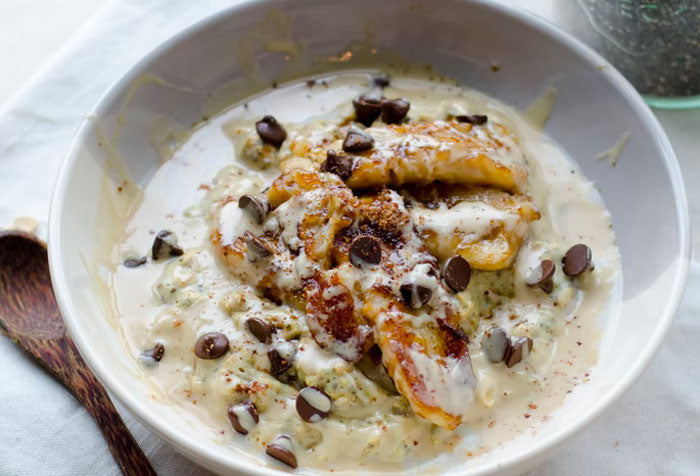
When you are starting on solids for your little guy, keep it simple initially, but you can feed them whatever the rest of the family is having. There is nothing wrong with introducing our kids to aromatic foods at a young age. It can help them be less picky as they get older and try other types of foods - so, it’s okay to spice it up from your bland cereals, avocados, and sweet potato mashes!
When should I introduce water to my baby?

Most experts would agree that until your baby starts eating solids, they are adequately hydrated with just breastfeeding or from a bottle. Once they start eating solids, you may begin to introduce them to water, a few sips at a time during meals. Sippy cups can be an excellent start for your little one. Still, some pediatricians and speech and language pathologists would instead recommend straws over sippy cups because sippy cups do not offer much in terms of oral skills development. You can also start your little one with a regular cup right away. Just make sure that you have one of Nest Design’s water-proof Sleeved Bibs on hand to keep your precious girl from getting soaked!
Store-bought versus homemade baby food - How do I choose?
 As a parent, it is essential to be a wise consumer of what you put into your little one’s tummy. That’s why it is crucial to ensure that store-bought baby foods do not contain any extra sugars or salts. Experts recommend that you avoid them until your baby turns one year old. Honestly, we don't think there is anything wrong with store-bought baby food, as there are many organic and healthy options on the market. Some of our favorite brands include Ella’s Kitchen, Once Upon a Farm, and Love Child Organics. For obvious reasons, many parents prefer to make their baby food because they know exactly what they put into it. But this is a privilege that not all parents have if they are on the go with kids of other ages, as well as professional obligations. Our lifestyle sometimes just doesn’t allow us to make our baby food or to have it on the ready when we’re living our busy lives! In the end, just keep in mind that whatever you choose to do should be in line with your family’s needs. Don’t ever feel judged if you decide one way or another, your little one will get the nutrition they need if you are diligent with making healthy choices.
As a parent, it is essential to be a wise consumer of what you put into your little one’s tummy. That’s why it is crucial to ensure that store-bought baby foods do not contain any extra sugars or salts. Experts recommend that you avoid them until your baby turns one year old. Honestly, we don't think there is anything wrong with store-bought baby food, as there are many organic and healthy options on the market. Some of our favorite brands include Ella’s Kitchen, Once Upon a Farm, and Love Child Organics. For obvious reasons, many parents prefer to make their baby food because they know exactly what they put into it. But this is a privilege that not all parents have if they are on the go with kids of other ages, as well as professional obligations. Our lifestyle sometimes just doesn’t allow us to make our baby food or to have it on the ready when we’re living our busy lives! In the end, just keep in mind that whatever you choose to do should be in line with your family’s needs. Don’t ever feel judged if you decide one way or another, your little one will get the nutrition they need if you are diligent with making healthy choices.
Our favorite homemade baby food recipes
If you do have some time to try out some delicious homemade baby foods, get your Dry Wipes ready, as we embark on some of The Nest Design’s most favorite recipes with your baby. When we do have some free time, we like to make a big batch of that we can freeze so that we always have some available for when we need it. Below are a couple of our favorite tried and true homemade recipes that we have served our little ones.

We hope you enjoyed our little Q&A on starting your baby on solids. Stay tuned for Nest Design’s last post on our feeding series!


